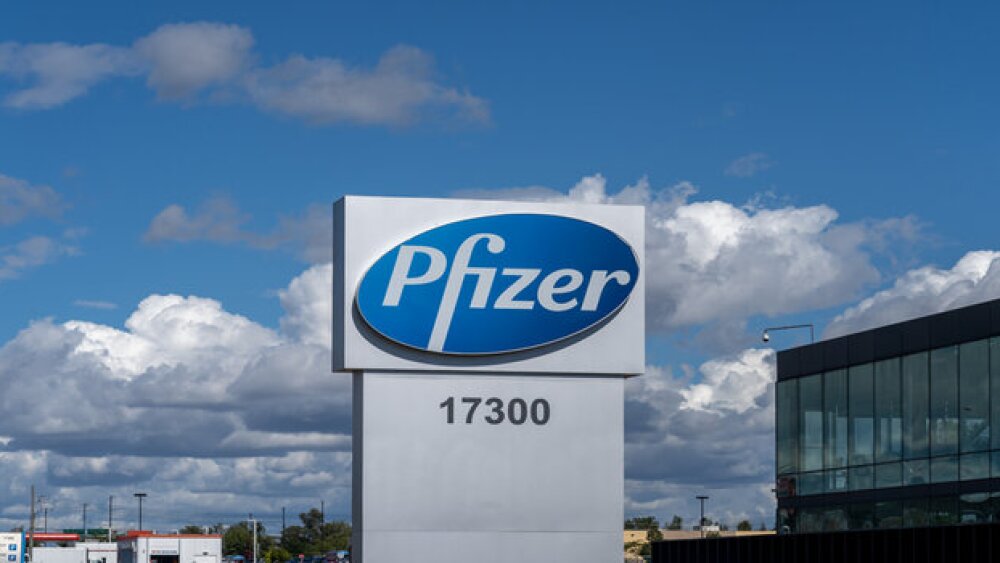It may not have always felt like it, but biotech has been in a bull market mode over the past two-and-a-half years, ever since the iShares Biotechnology Index (IBB) bottomed out at $80.01 on February 9, 2016.
Is the Biotech Bull Market Over?
…And How Long Will The Bear Market Last?
It may not have always felt like it, but biotech has been in a bull market mode over the past two-and-a-half years, ever since the iShares Biotechnology Index (IBB) bottomed out at $80.01 on February 9, 2016. From that nadir, right up until the start of this month, the IBB rose unevenly but steadily, gaining 54%.
The reason those gains may not always have felt so thrilling is that the S&P 500 did even better, gaining 60% over the same timeframe. And biotech never re-achieved the peak it had reached in July of 2015, which probably put a damper on investors’ excitement.
Nevertheless, it hasn’t been a bad show. Even for the year-to-date, the IBB was up 14% on October 1.
That’s all changed. As the month advanced, those gains evaporated, making 2018 look like it never happened. The rout has spared almost no one—not profitable bellwethers like Celgene and Biogen; not biotech “value” stocks like Gilead Sciences and Amgen; not hot momentum companies like Editas Medicine or CRISPR Therapeutics; not on-the-cusp names like bluebird bio or Alnylam. It’s been a very select group of companies that have eked out a gain over the past month.
True, this comes in the context of a broader market decline; but once again, biotech is underperforming. And it’s happening despite a background of decent news, including some exciting data coming out of the European Society for Medical Oncology (ESMO) conference this month. Companies are touting positive data in tough indications like triple-negative breast cancer. Loxo Oncology is finding success with a relatively new approach to cancer-based on molecular profile rather than the origin of a tumor (and nevertheless saw shares decline this month).
Better After November?
So what gives?
If 2015’s biotech bull market was killed by politics—worries about price controls that ironically weighed heavily on companies with nothing to sell—then could this be an echo? With mid-term elections around the corner, investors could conceivably be worried that we’ll see a serious round of reforms that could hurt company prospects.
Frankly, that seems like a stretch. Complete Republican control of Congress and the White House hasn’t amounted to much in the way of substantive change in terms of drug pricing policy. If the Democrats take the House but not the Senate—as appears likely—that’s a formula for cementing inaction rather than spurring fresh reform.
Nevertheless, Wall Street hates uncertainty, and until we know how the election really turns out, there’s going to be caution around biopharmaceutical companies. As we move closer to the end of 2018, recent drops could turn out to be a buying opportunity.
While biotech stocks have dropped across the board, it is small- and mid-cap companies that have paid the highest price. With larger companies in a comparatively stronger position, and generally flush with cash, we could see a new round of M&A. That was a big feature of the 2015 bull market that hasn’t been as prominent over the past couple of years. Meanwhile, other factors driving market declines—like geopolitical events and rising interest rates—generally have a muted impact on the biotech sector and will weigh less heavily.
Biotech is already in official “correction” territory. That doesn’t mean things won’t get worse in the short run—they very well may. But biotech’s history is a long, albeit uneven, uphill climb. Right now some bargains are starting to take shape.





